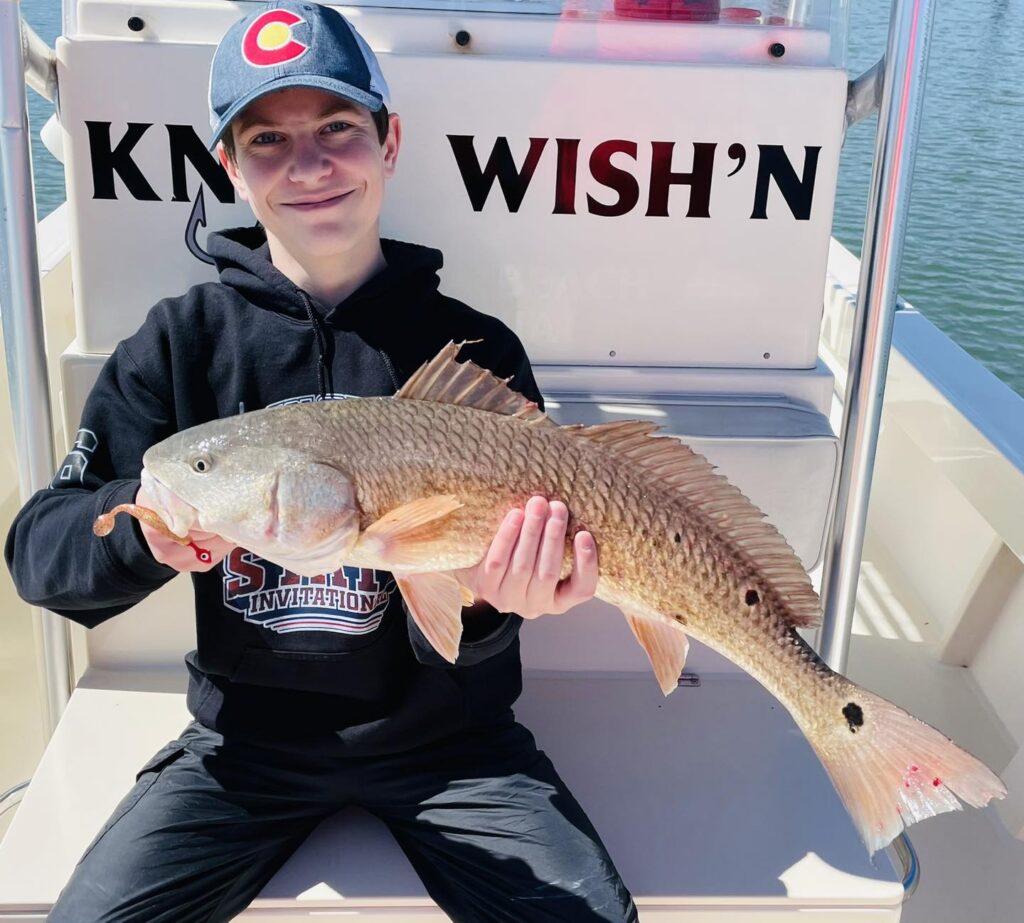
As spring unfolds, the aquatic landscape begins to stir with life. The water temperatures on the flats and in the shallows is currently in the mid to upper 50’s, inching ever closer to the pivotal 60-degree mark. This subtle warming heralds the arrival of various fish species to the inshore waters, offering anglers some exciting opportunities.
Long Bay Pointe Bait and Tackle reports that Trout and Puppy Drum have been making appearances in the back waters of Lynnhaven Inlet. Meanwhile, Knot Wish’n Charters has found success with Puppy Drum in Rudee Inlet.
For those with a penchant for Tautog, also known as Blackfish, now is an opportune time to target this structure-loving species. Renowned for their preference for rocky habitats, Tautogs can be found around wrecks, reefs, and other robust bottom structures. Notable locations for Tautog enthusiasts include the Chesapeake Bay Bridge Tunnel (CBBT), where the tubes and numerous pilings serve as popular haunts for these fish. The surrounding islands, covered with rocks, create an ideal environment for Tautogs to thrive. Additionally, the Concrete Ships—sunken vessels that now serve as a brakewater and fish sanctuary —offer excellent cover for these fish. Other prime spots include the Cape Henry Wreck. The Cell, near Hungars Creek on the bayside of the Eastern Shore, and Back River Reef. Anglers should note that Tautogs are territorial; finding them concentrated in specific areas is common. If you find yourself without a bite after 30 minutes, consider relocating to another spot—anchoring and re-anchoring are part and parcel of successful Tautog fishing. Long Bay Pointe Bait and Tackle will have Blue Crabs for bait available Monday.
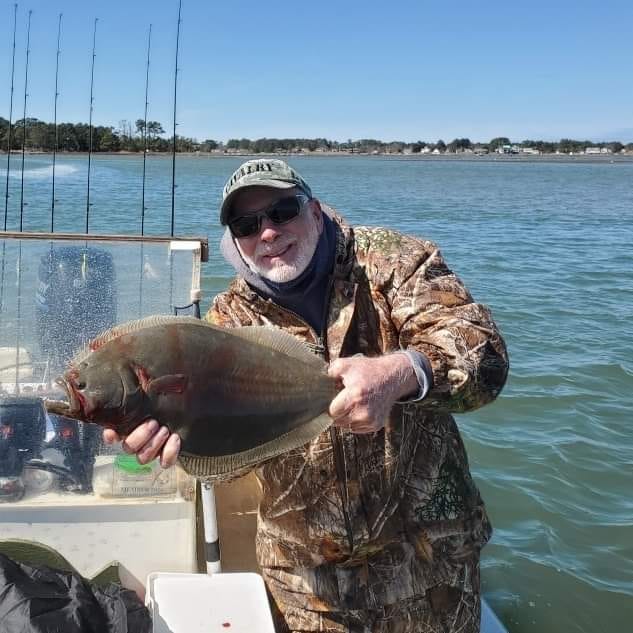
The Flounder bite is also gaining momentum around Wachapreague and Chincoteague. Some catches have been reported in Lynnhaven and Rudee Inlets as well. Effective lures include soft plastics like Gulp or other flounder-specific designs, preferably in colors that mimic their natural prey. Live bait such as minnows or shrimp can be particularly enticing for Flounder.
Lastly, we’re excited to report the first Black Drum catches in the Chincoteague surf this season. As scent feeders, Black Drum respond well to baits such as crabs—both fresh and frozen—with blue crabs being especially effective. Shrimp and cut mullet are also reliable choices to attract these robust fish.
Outer Banks NC
OBX Fishing enthusiasts, take note! Recent catches off the Avalon pier have included a couple of Red Drum, signaling the start of an exciting season. As water temperatures rise in the coming weeks, expect to see an increase in activity both in the surf and off the piers. Southern beaches are already reporting catches of Puppy Drum, Black Drum, and even a few Sea Mullet, and of course Blow Toads.
For those preferring the sound side tranquility of the Little Bridge area, Shad reports are coming in. Additionally, Trout, Puppy Drum, and Stripers are being consistently caught on the sound side.
Offshore fishing is still seeing action with Giant Bluefin. Captain Ned Ashby on the Sea Breeze, along with a crew from Japan, is currently showcasing their impressive stand-up tackle.
Stay tuned for more updates and tight lines!

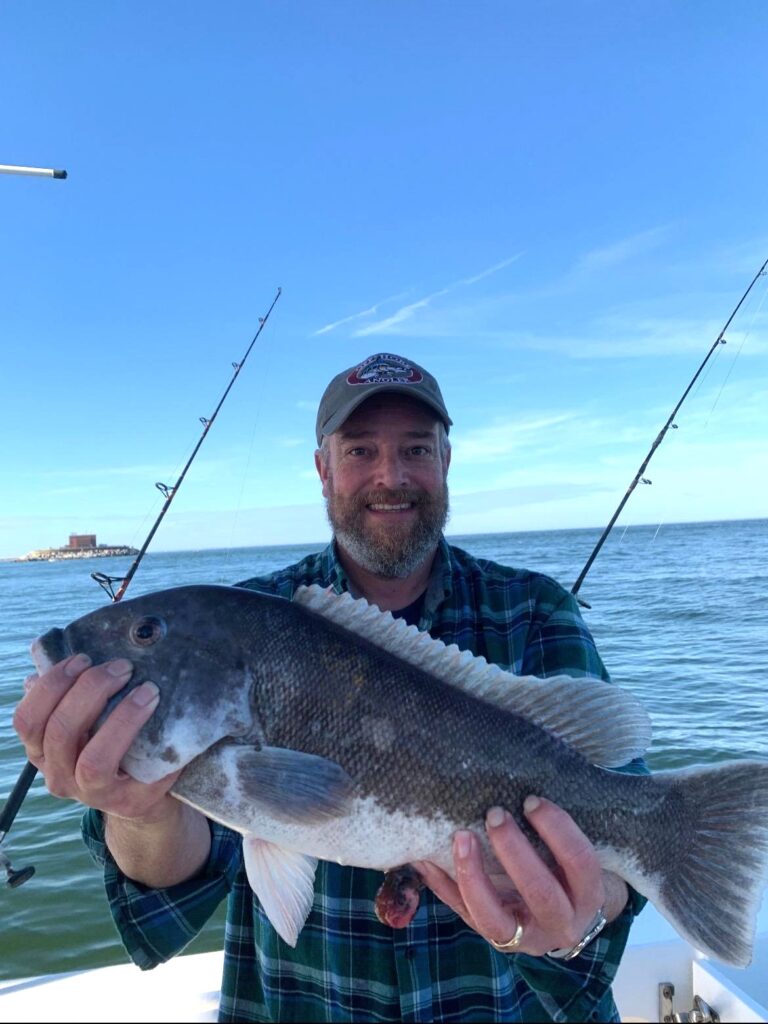
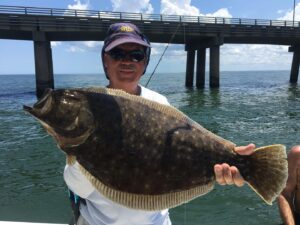
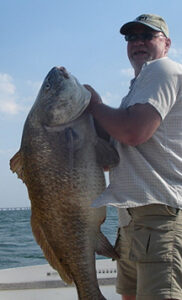
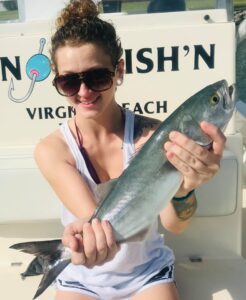
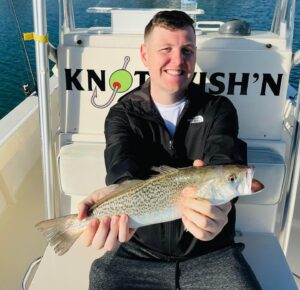
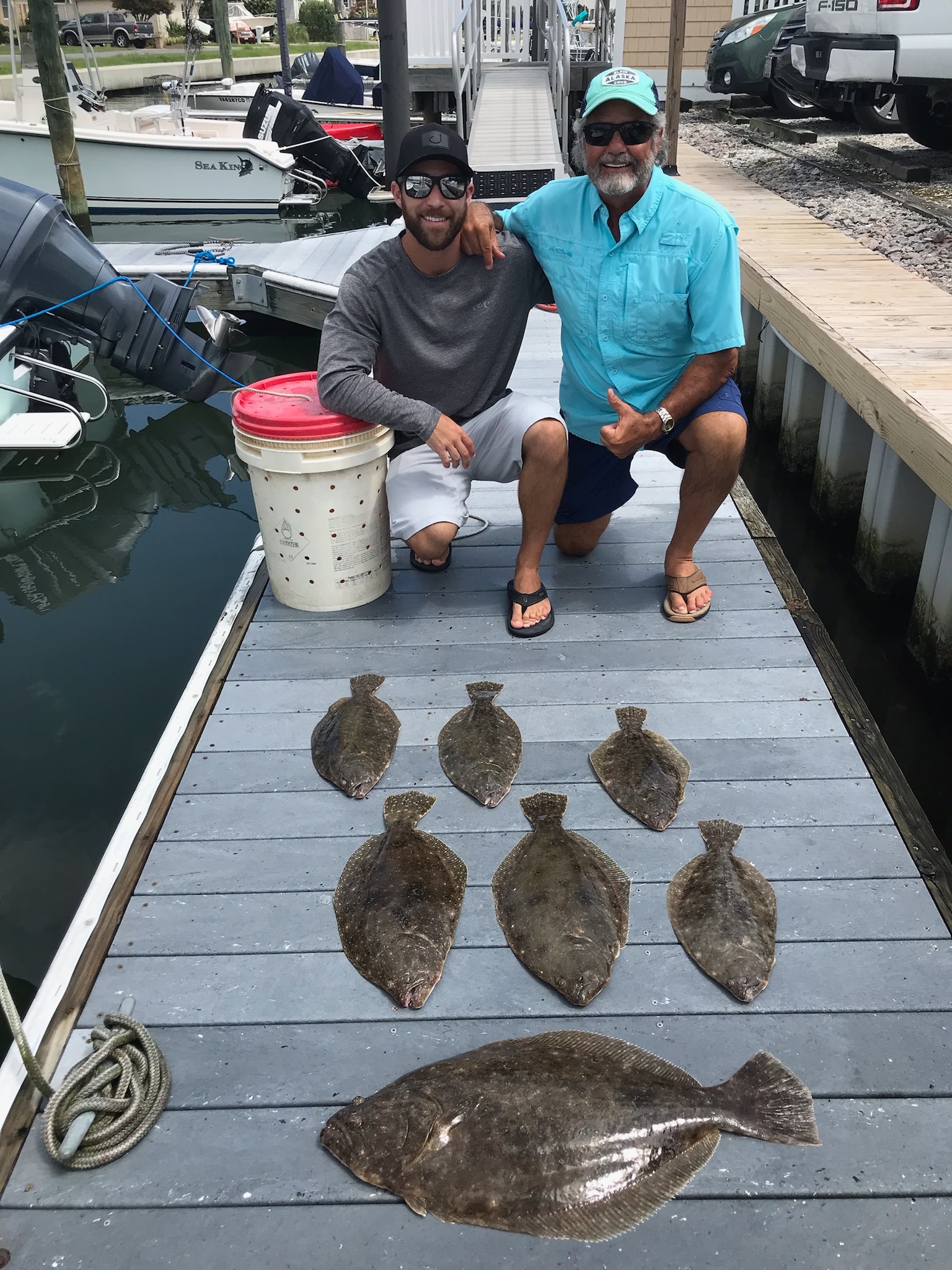
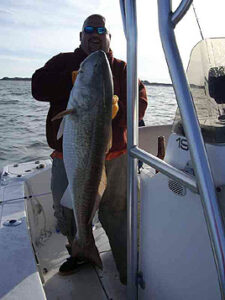
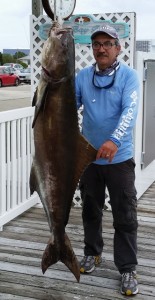
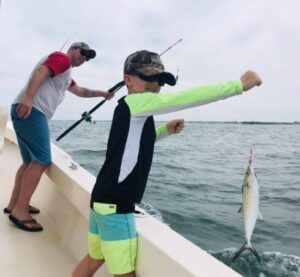
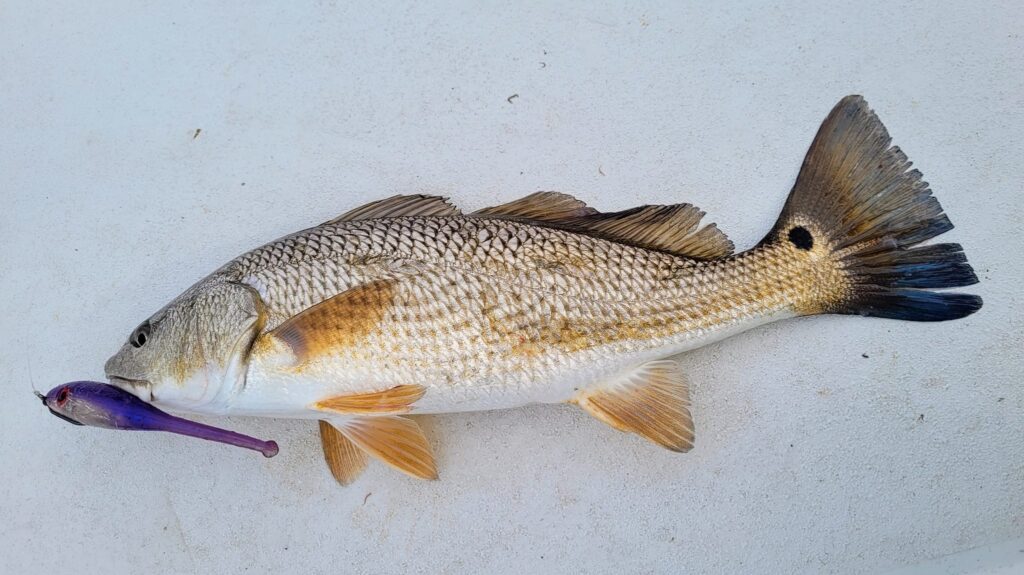
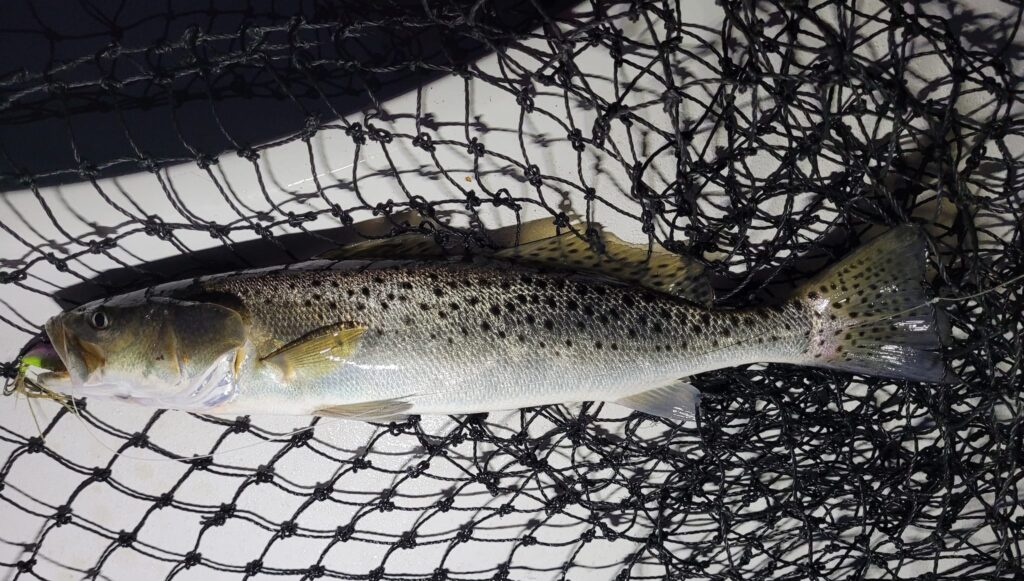

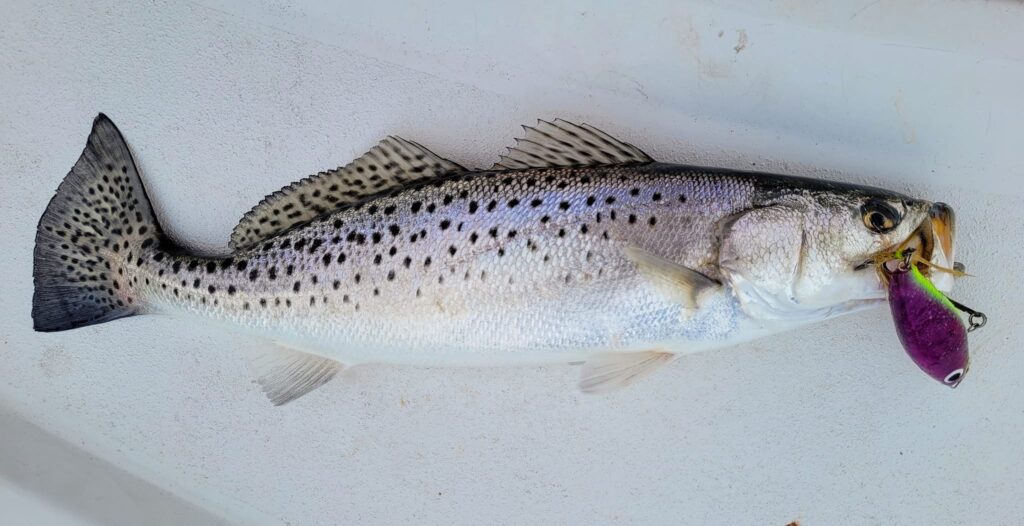
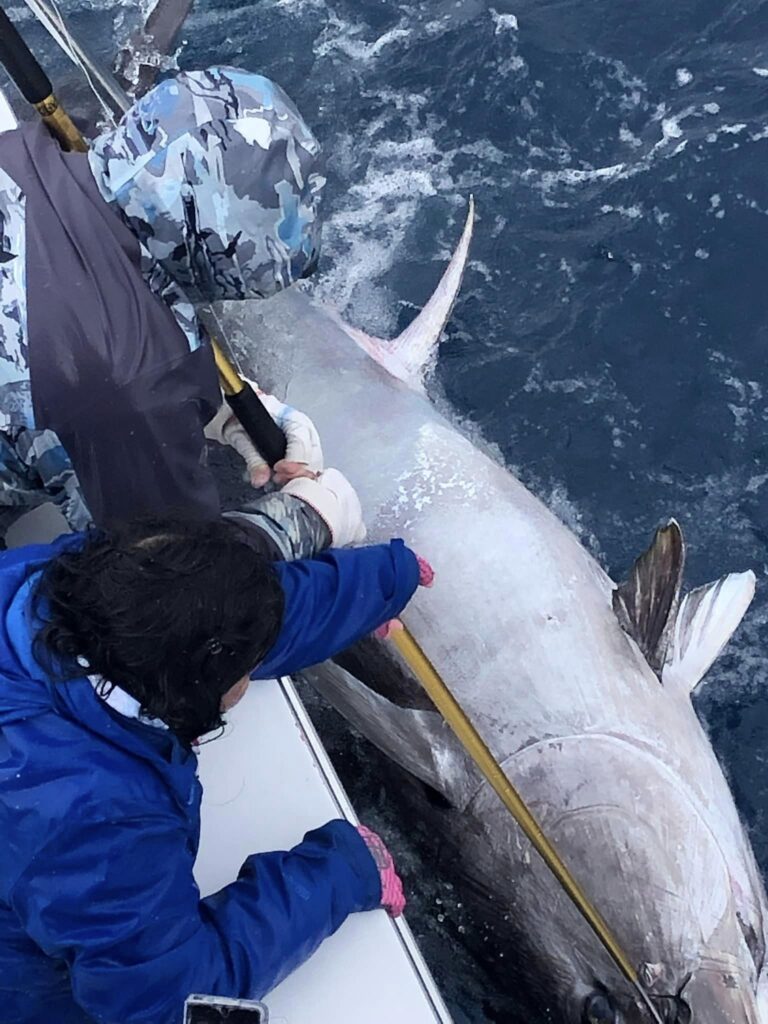
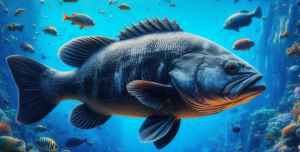
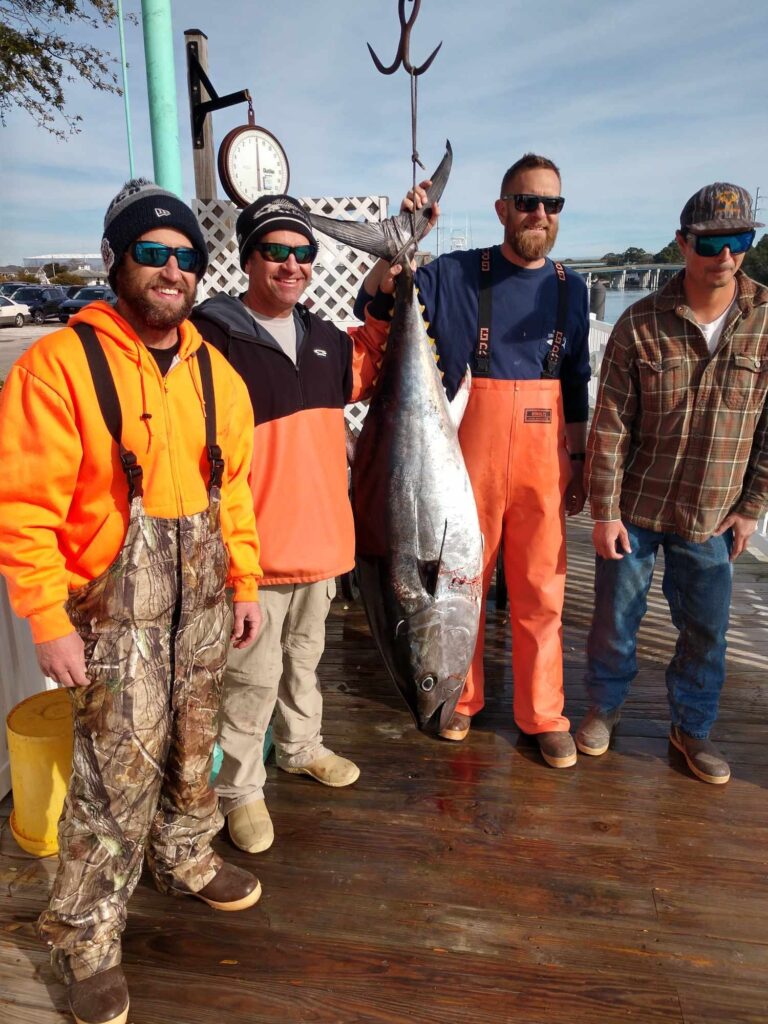
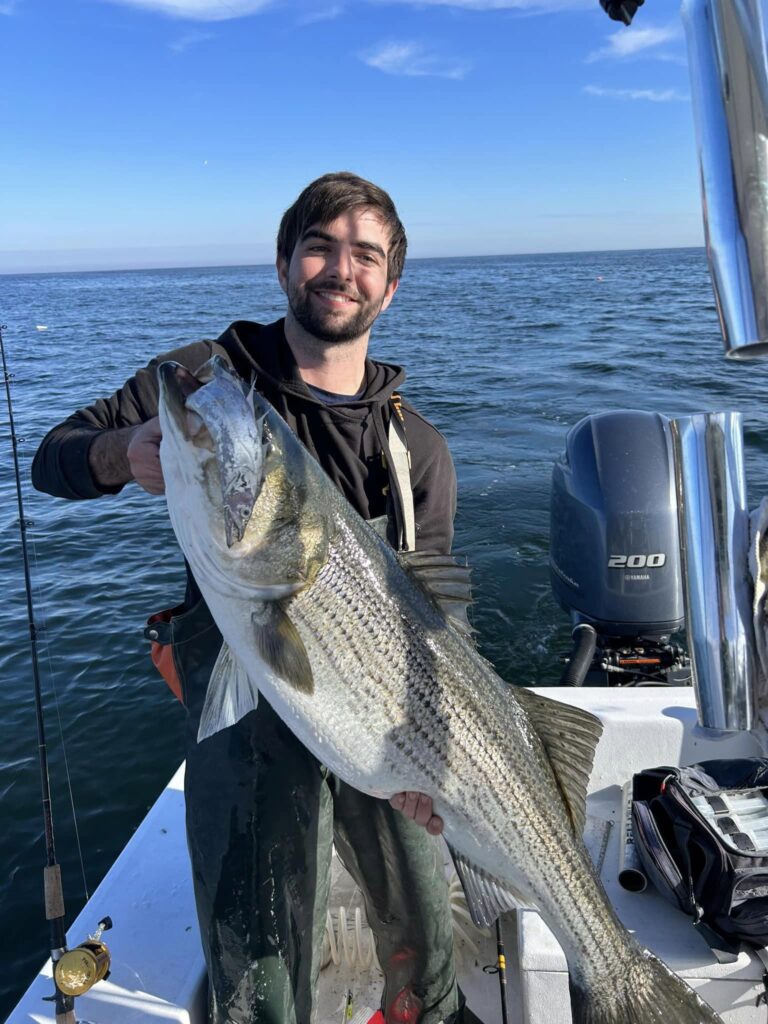
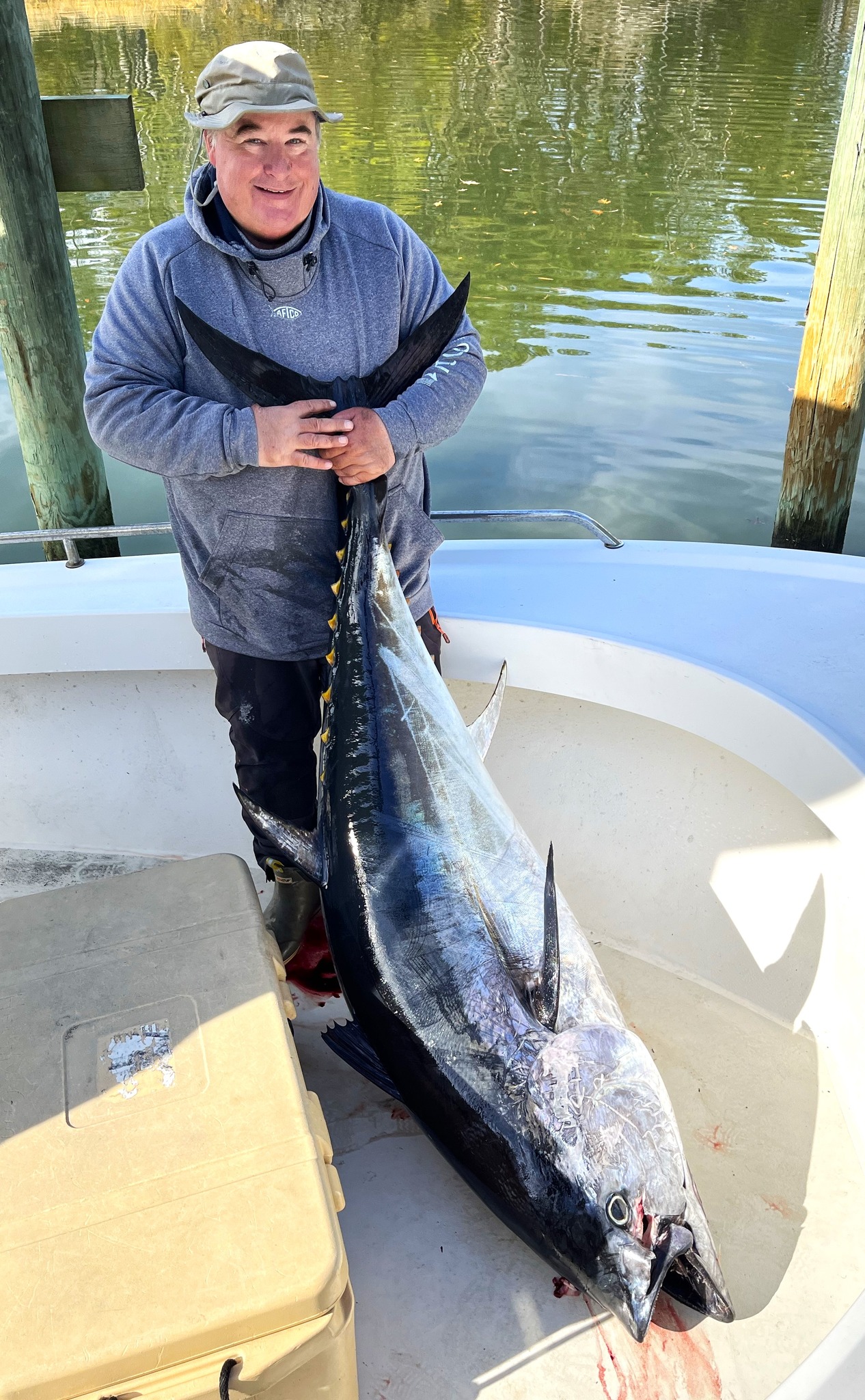
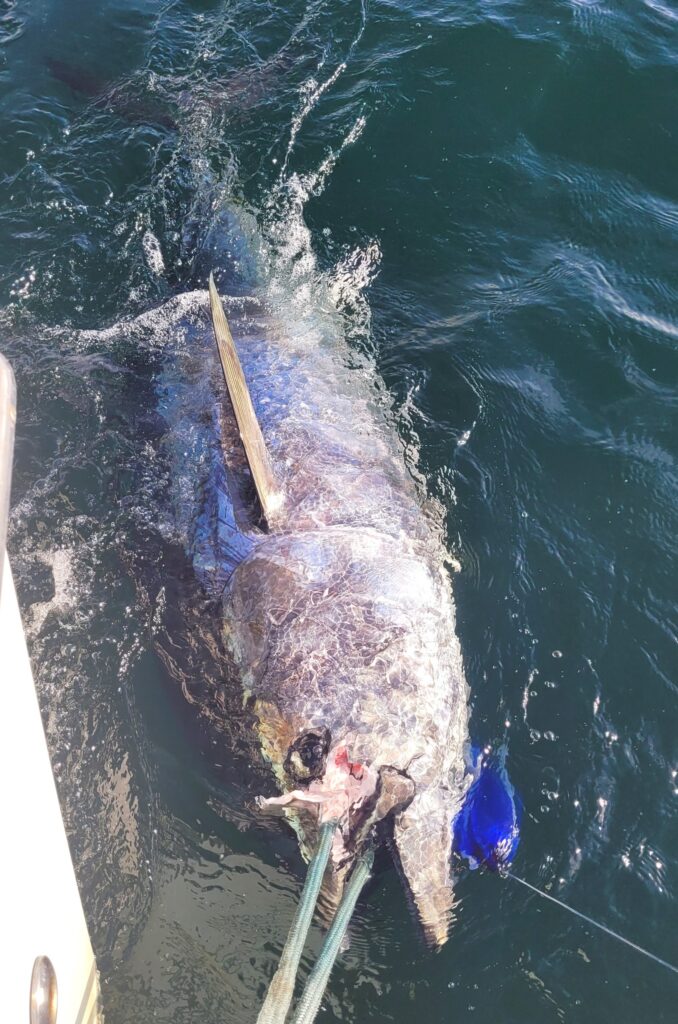
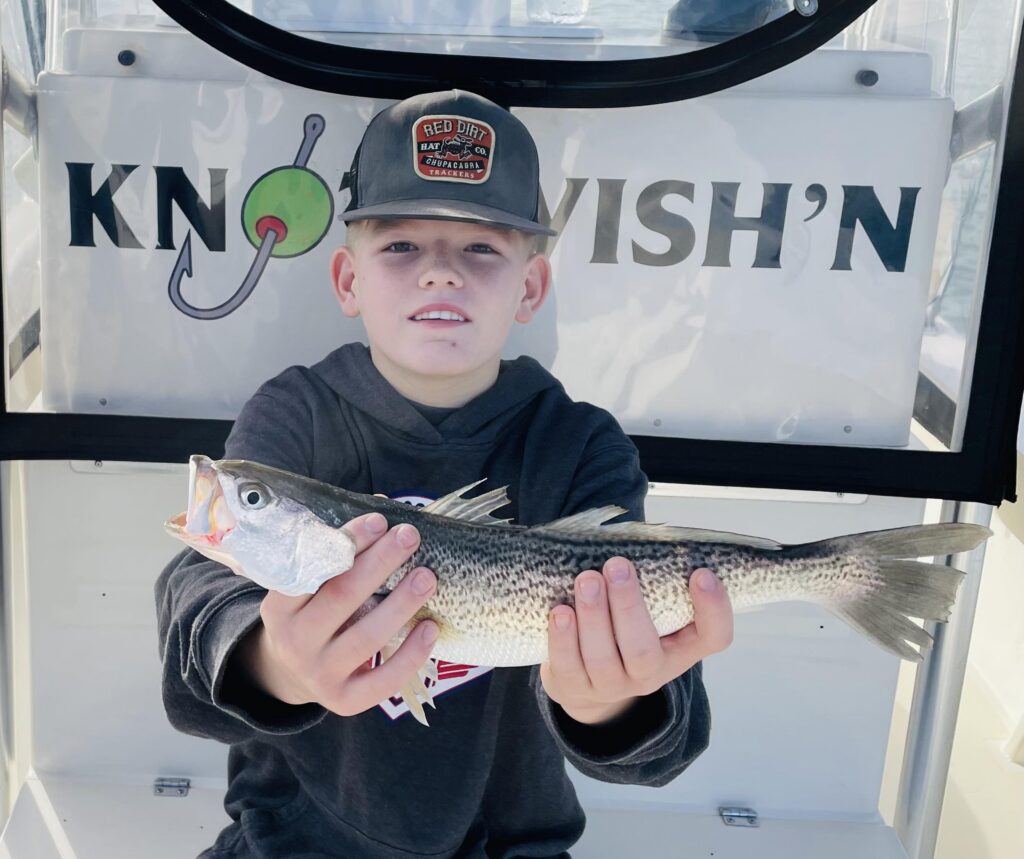

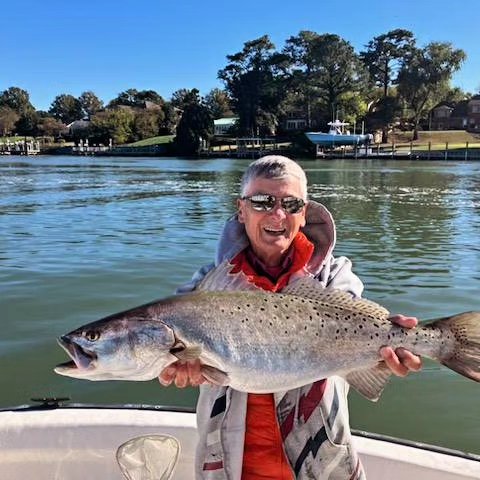
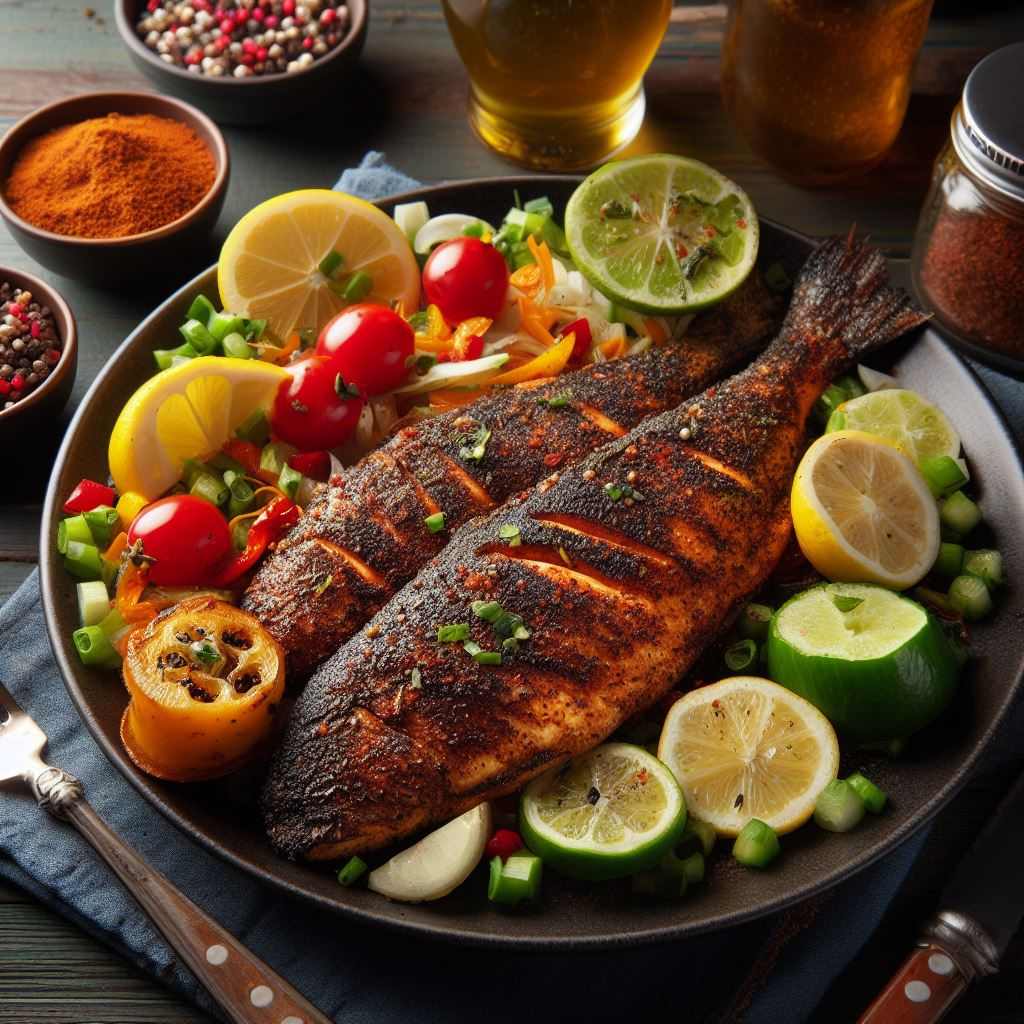
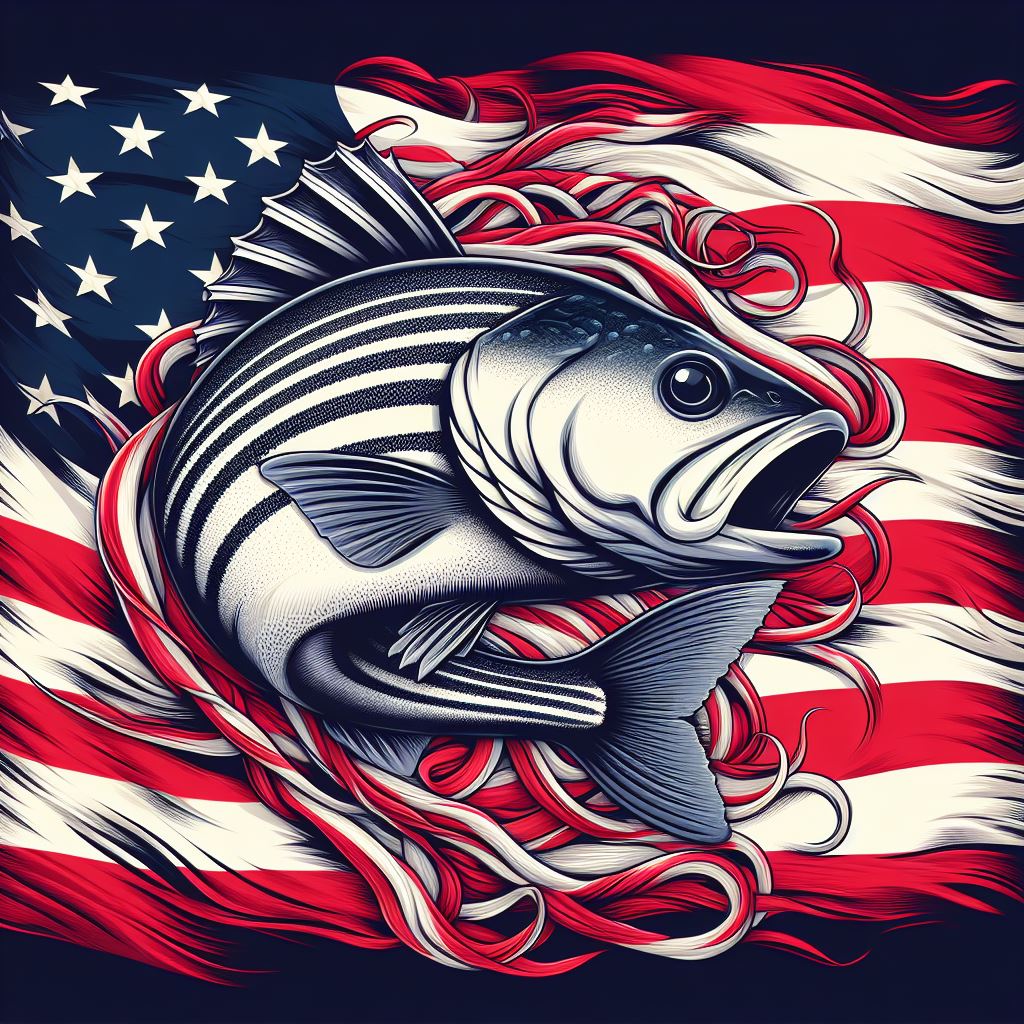
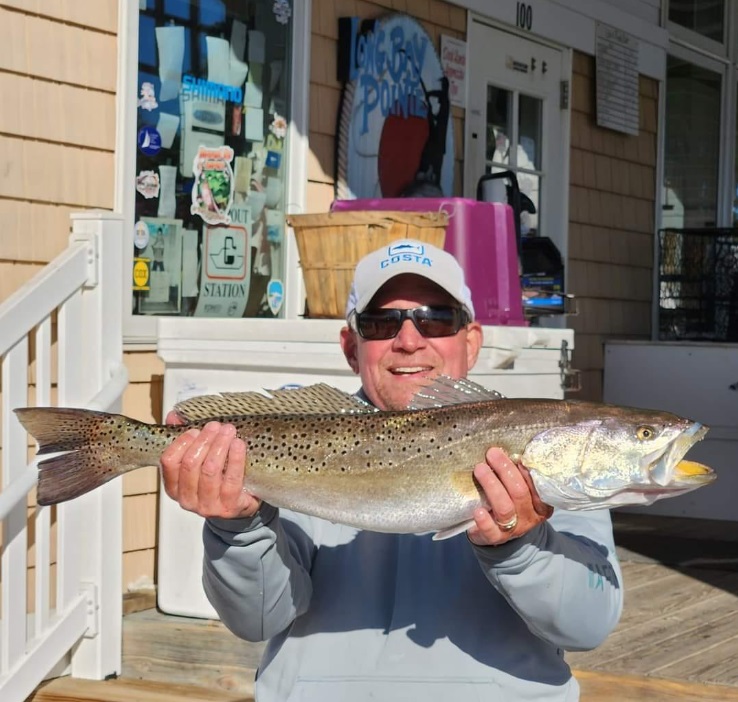
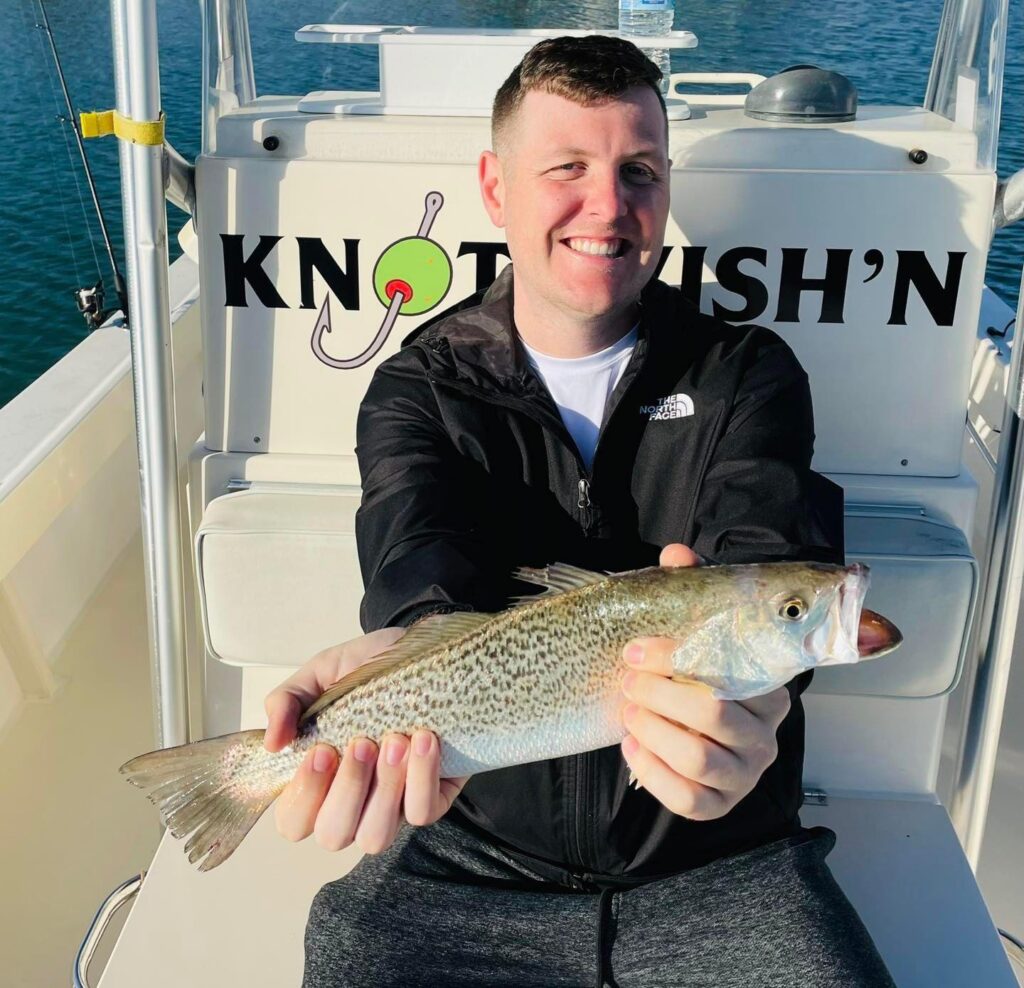
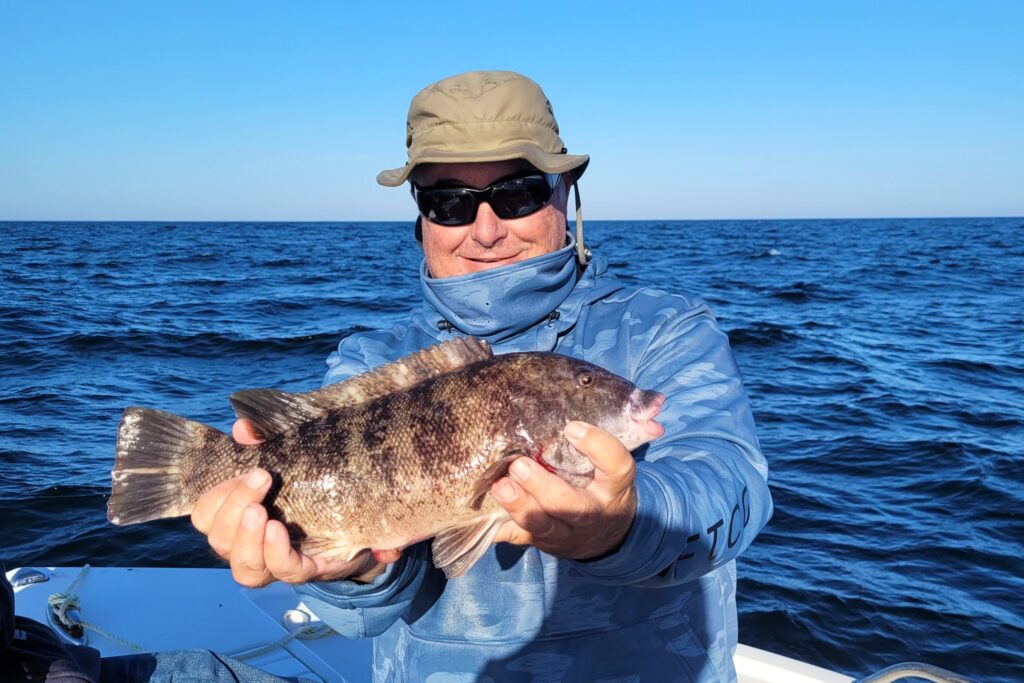
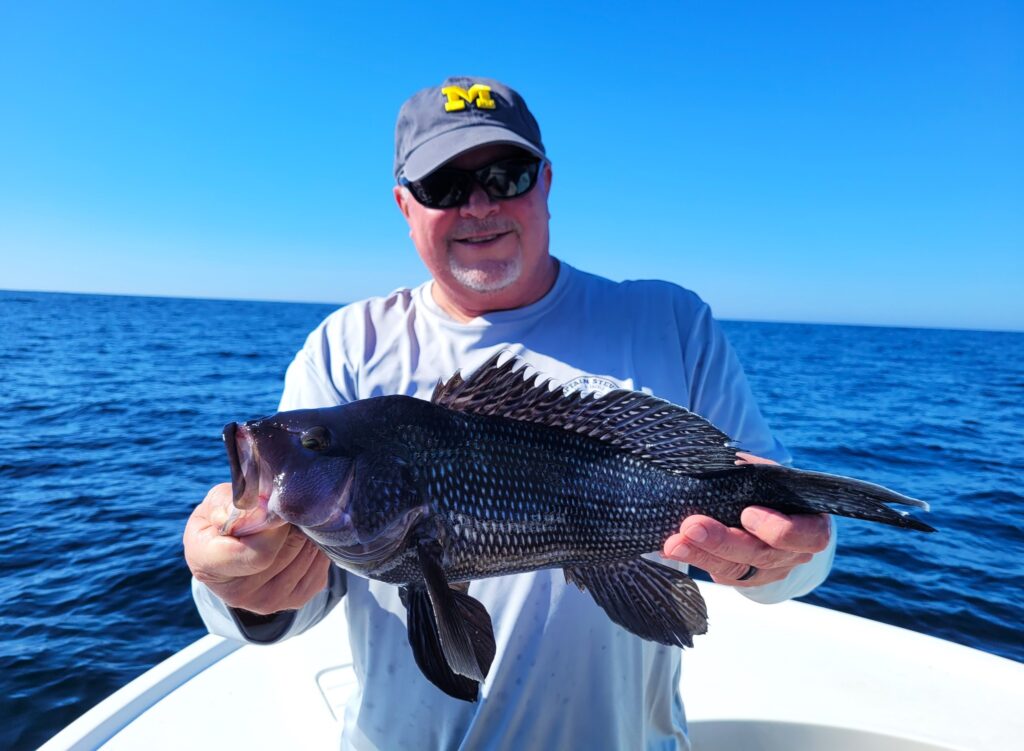
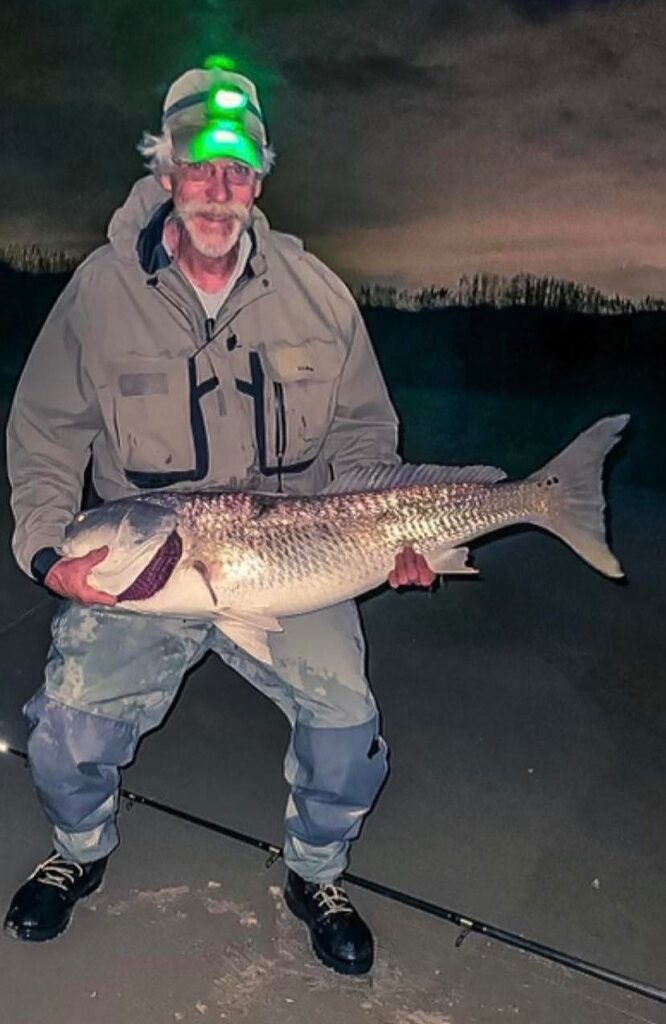
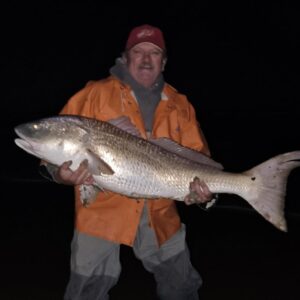
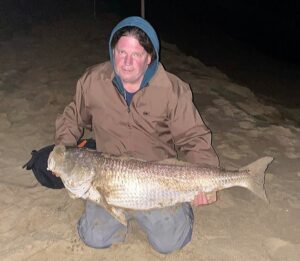
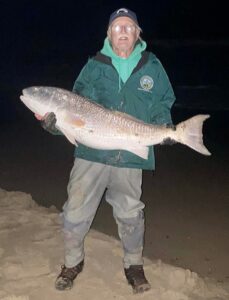
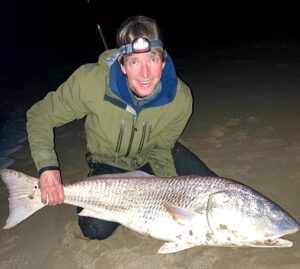
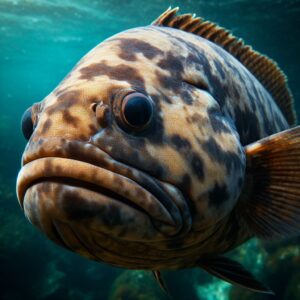
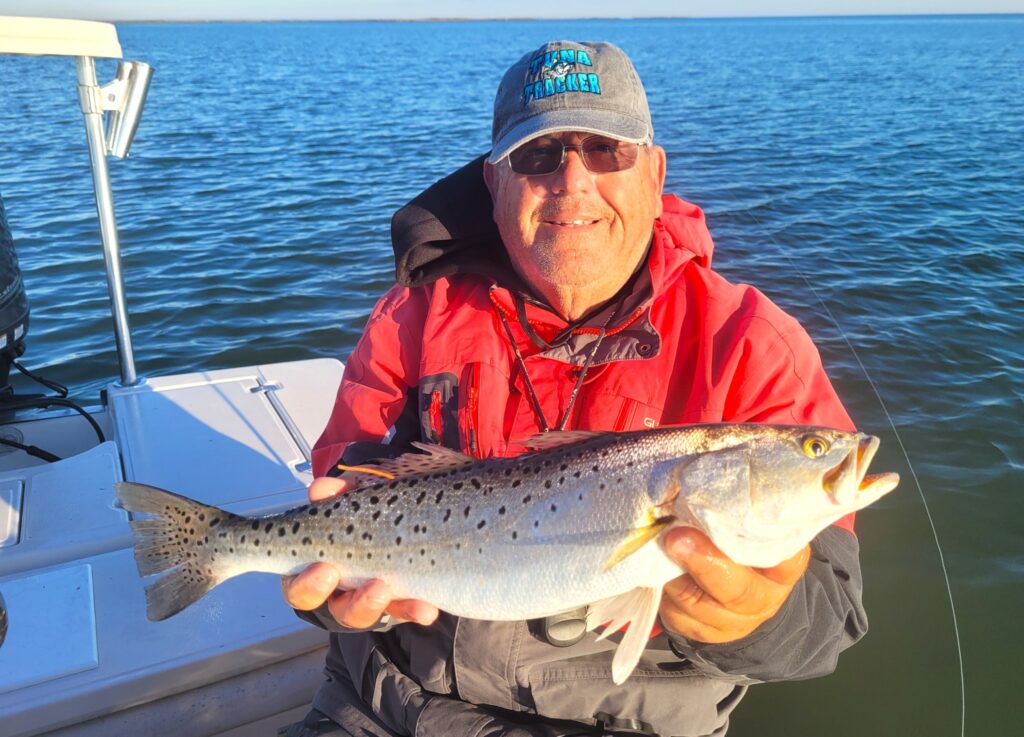
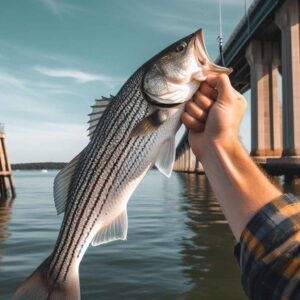
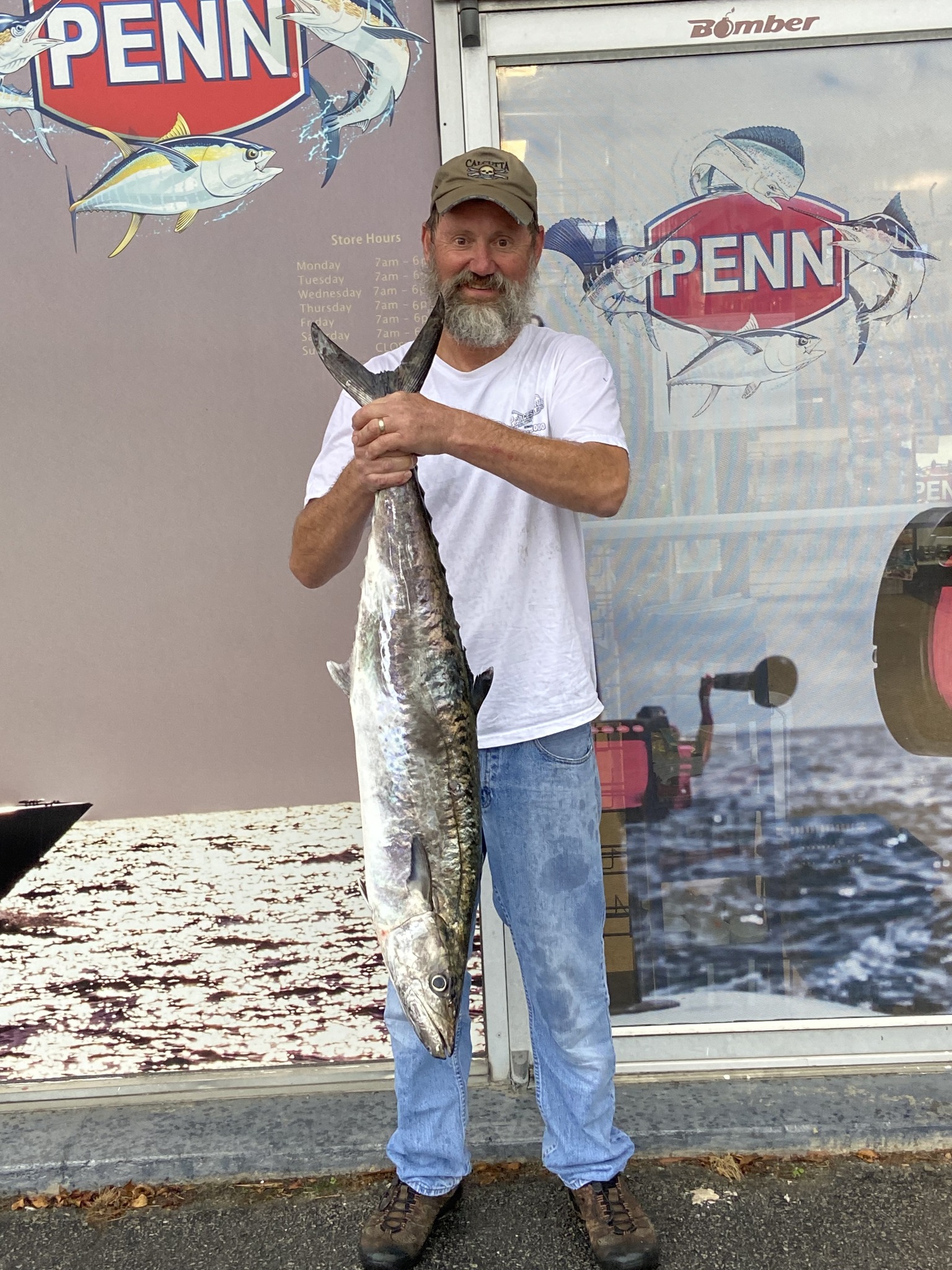
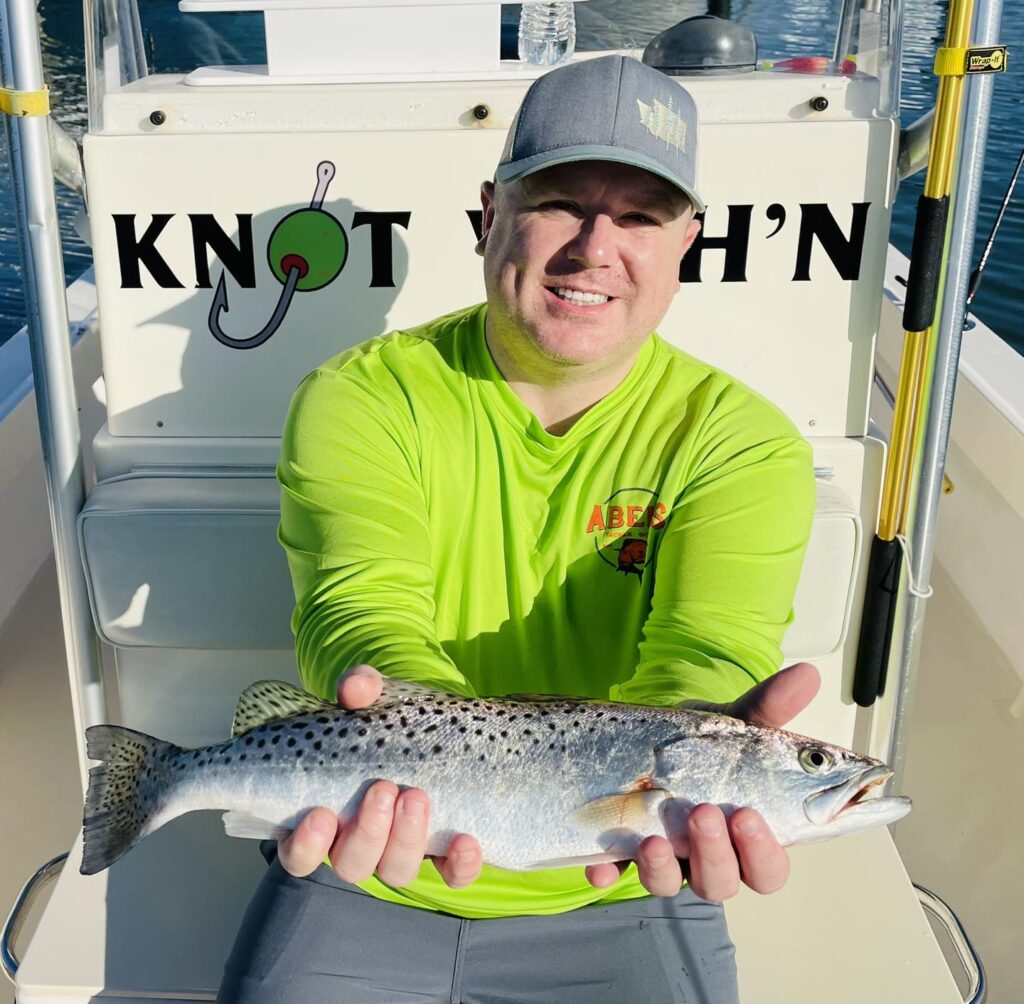
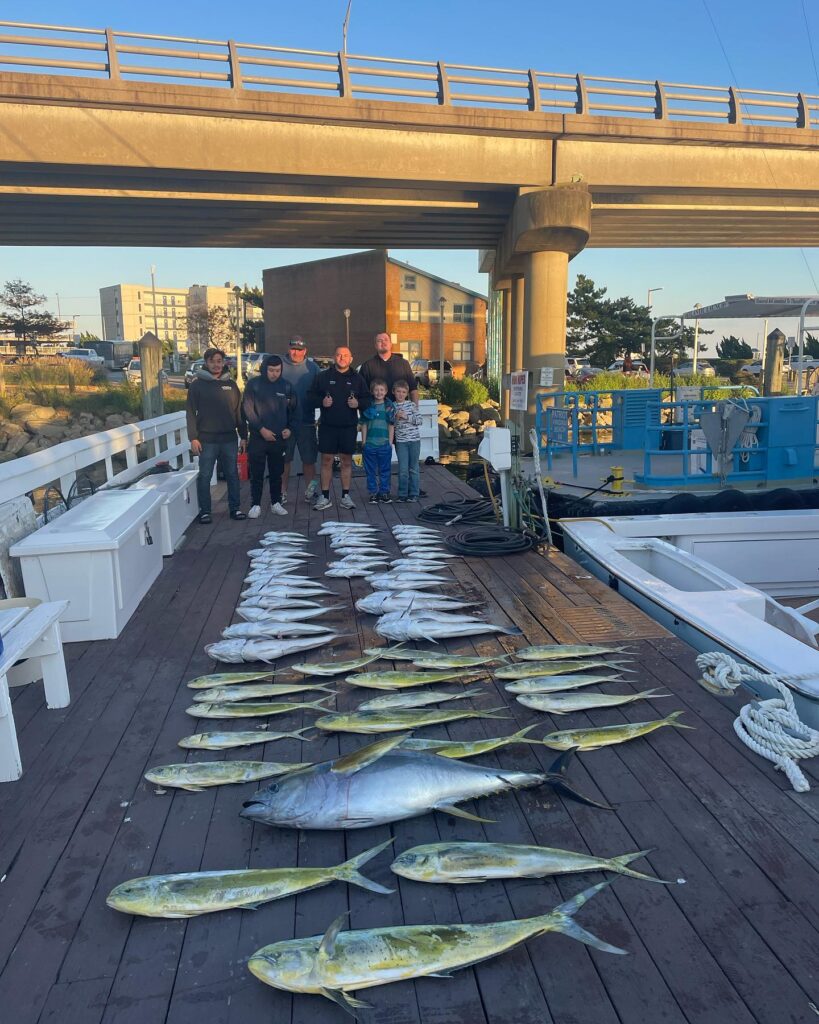
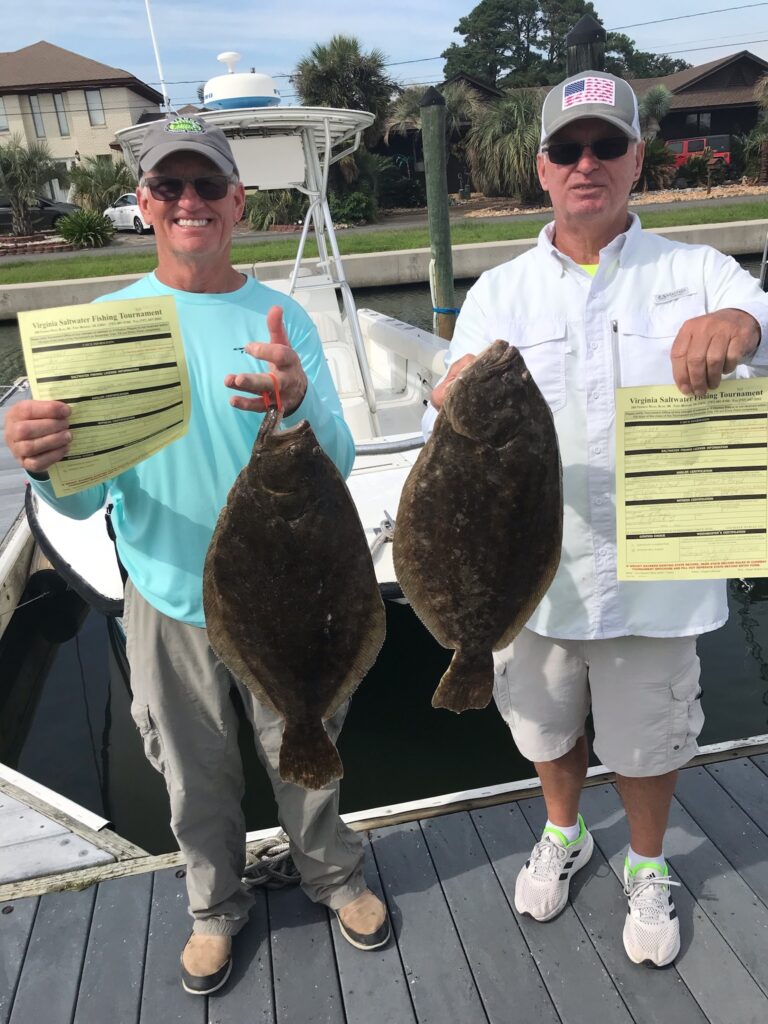
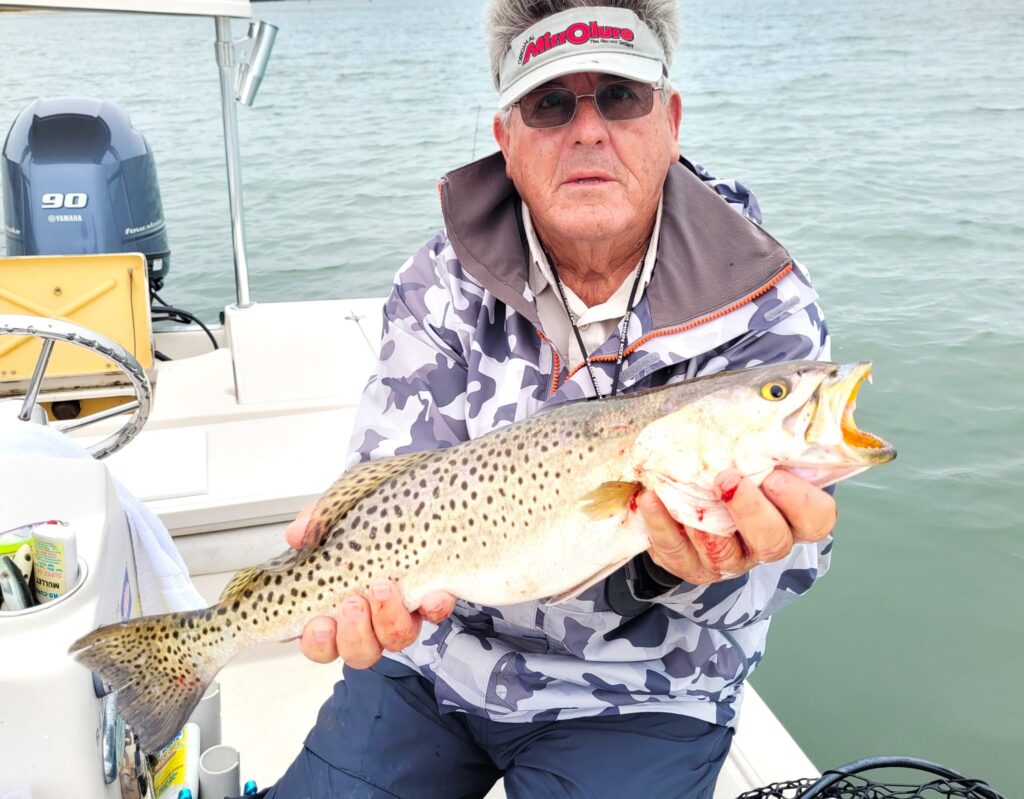


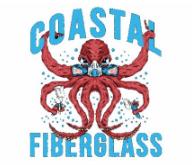

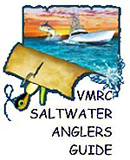





 Views Last 7 days : 1387
Views Last 7 days : 1387 Views Last 30 days : 7057
Views Last 30 days : 7057